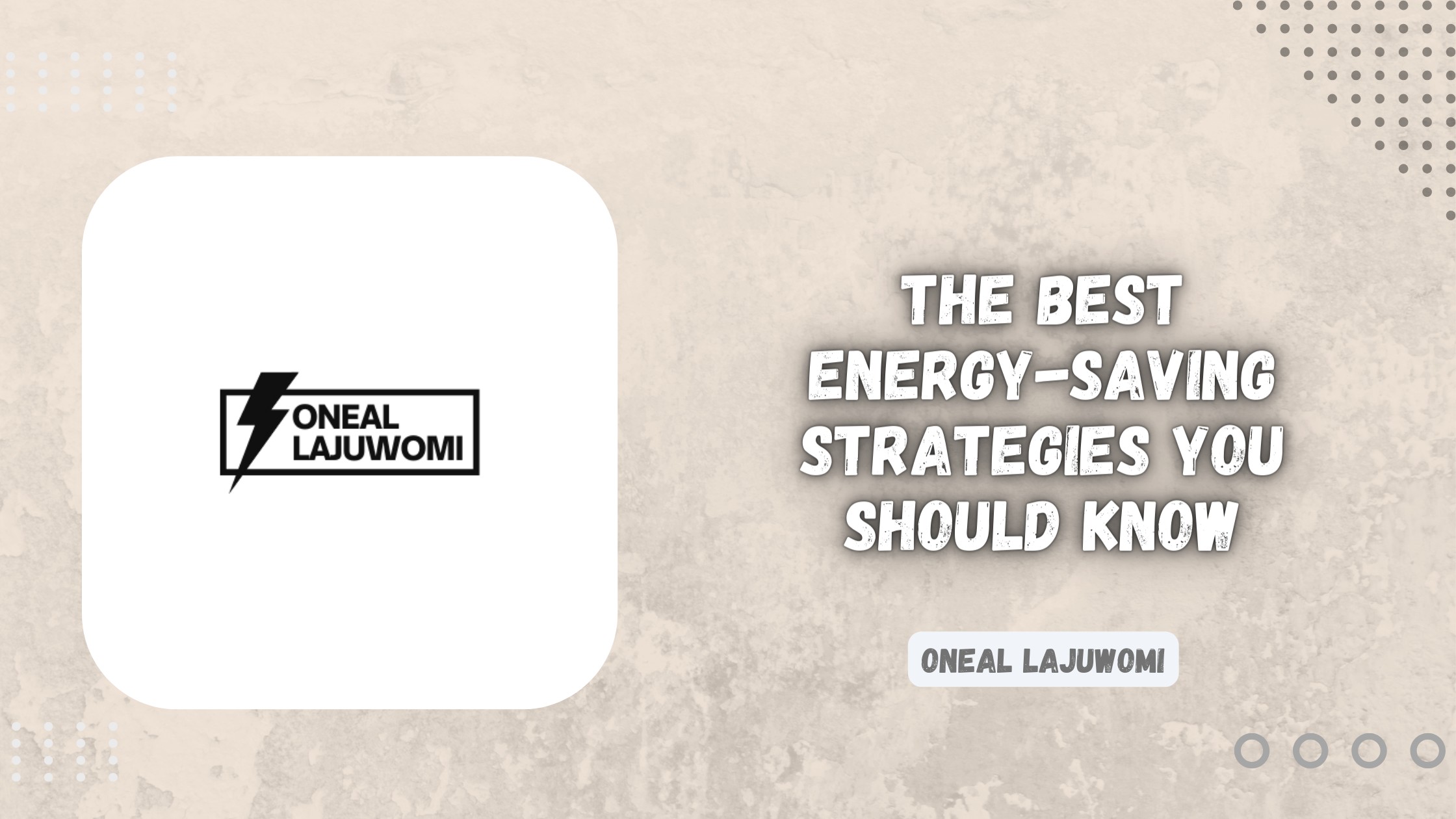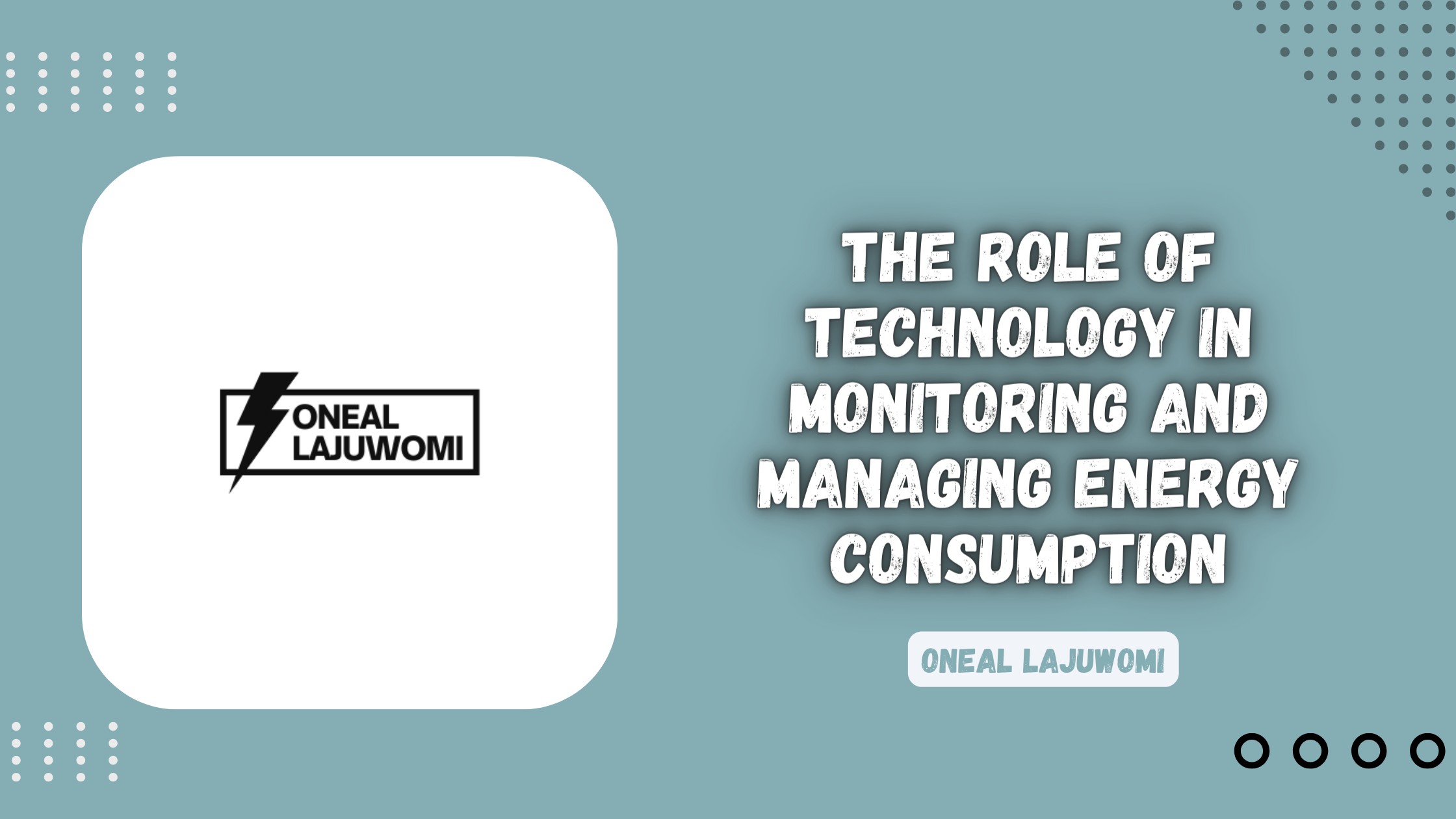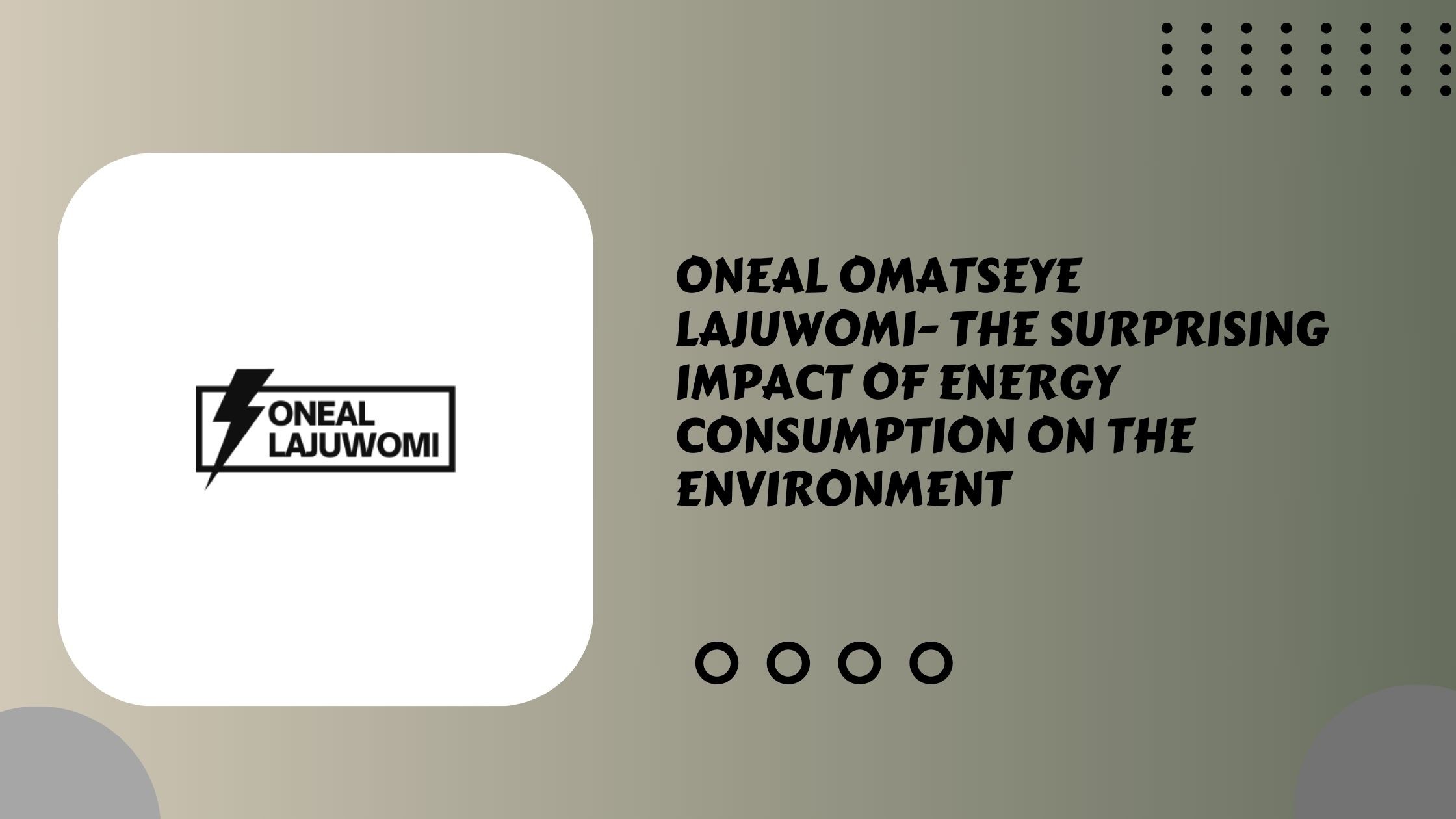Oneal Lajuwomi | 5 Renewable Energy Sources You Should Know About
As the world grapples with the urgent need to transition to sustainable energy solutions, renewable energy sources have emerged as key players in reshaping the global energy landscape. Harnessing natural resources that are abundant and eco-friendly, these alternatives not only reduce our reliance on fossil fuels but also mitigate the impact of climate change. Oneal Lajuwomi shares some renewable energy sources you should know about.
1. Solar Energy
Solar energy is perhaps the most widely recognized and accessible renewable energy source. It harnesses the power of the sun by converting sunlight into electricity using photovoltaic (PV) cells. These cells, commonly found in solar panels, absorb sunlight and generate direct current (DC) electricity. Inverters then convert this DC electricity into alternating current (AC), which is suitable for powering homes and businesses. The widespread adoption of solar energy has seen a significant drop in costs, making it an increasingly viable and sustainable option.
2. Wind Energy
Harnessing the power of the wind, wind energy has become a prominent player in the renewable energy sector. Wind turbines convert the kinetic energy from the wind into electricity. As the wind turns the turbine blades, a generator inside the turbine produces electricity. Wind farms, both onshore and offshore, have gained popularity worldwide due to their ability to generate substantial amounts of clean energy. Advances in turbine technology and efficiency improvements continue to drive down costs and increase the competitiveness of wind energy.
3. Hydropower
Hydropower, one of the oldest forms of renewable energy, taps into the energy of flowing water to generate electricity. Dams and hydroelectric power plants are designed to capture the energy from rivers and waterfalls. As water flows through turbines, it spins them to generate electricity. Hydropower is a reliable and established source of renewable energy, providing a consistent and steady supply. However, environmental concerns related to the impact on ecosystems and displacement of communities have led to a focus on more sustainable and fish-friendly designs.
4. Geothermal Energy
Geothermal energy harnesses the Earth's internal heat to generate electricity and provide heating and cooling solutions. It taps into the natural heat found beneath the Earth's surface, either from hot rocks or reservoirs of steam. Geothermal power plants convert this heat into electricity by driving turbines connected to generators. This source of energy is highly sustainable and has a minimal environmental impact compared to traditional fossil fuels. Geothermal systems are not only used for electricity generation but also for direct heating and cooling applications in homes and buildings.
5. Biomass Energy
Biomass energy utilizes organic materials such as wood, crop residues, and organic waste to generate power. These materials can be burned directly for heat or converted into biofuels, such as ethanol and biodiesel, which can be used for transportation and electricity generation. Biomass is considered renewable because the carbon dioxide released during combustion is offset by the carbon dioxide absorbed during the growth of the plants used in the biomass. However, sustainable practices are crucial to ensure that biomass production does not lead to deforestation or other environmental issues.
Conclusion
Oneal Lajuwomi says the transition to renewable energy sources is imperative for a sustainable and eco-friendly future. Solar, wind, hydropower, geothermal, and biomass energy are playing pivotal roles in this shift, offering cleaner alternatives to traditional fossil fuels. Continued advancements in technology and a commitment to sustainable practices will further enhance the efficiency and affordability of these renewable energy sources, bringing us closer to a greener and more sustainable world. https://onealomatseyelajuwomi.tumblr.com/ #oneallajuwomi #onealomatseye #onealomatseyelajuwomi #renewableenergy

 News Feed
News Feed  Albums
Albums  Popular Posts
Popular Posts  Memories
Memories  Pokes
Pokes  Blog
Blog  Market
Market  Directory
Directory  Events
Events  Games
Games  Jobs
Jobs  Offers
Offers  Find friends
Find friends  Common Things
Common Things  Fundings
Fundings 


